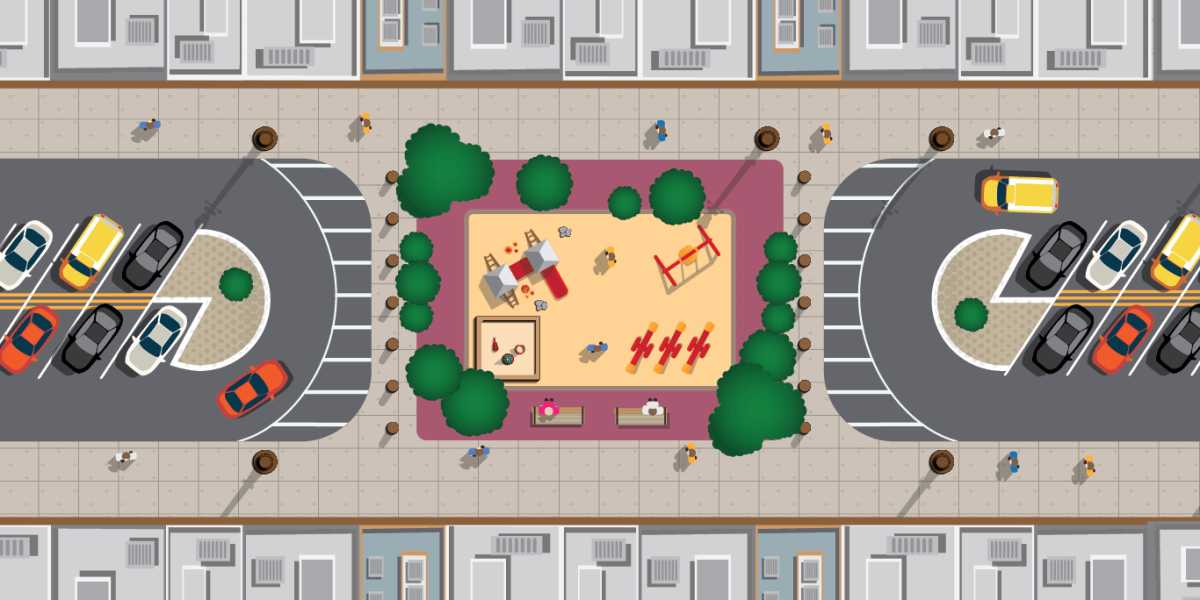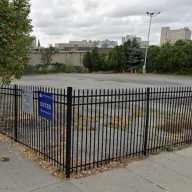BY AIDAN GRAHAM
He’s not playing around.
The city should build playgrounds in the middle of residential streets, according to the its top auditor.
Comptroller Scott Stringer blasted the state of New York City’s play spaces, singling out Kings County as particularly reprehensible, and called for construction of playgrounds in the center of several residential roads, creating two dead-ends on either side.
“Today, we are calling on New York City to build 200 new playgrounds in the next five years,” he said. “This would employ a new initiative to creating playgrounds by taking advantage of under-utilized residential streets.”
As a model for his plan, Stringer pointed to a Crown Heights playground, constructed in the center of St. Marks Avenue, between Kingston and Albany avenues.
The plan came with a recently released report from the comptroller’s office which criticized the density and condition of playgrounds around the city.
“On the whole, Brooklyn is the most underserved borough,” says the report. “Clearly, playground construction is lagging behind the times and failing to account for changing demographics in our city neighborhoods.”
The report, which examined all 2,067 municipal playgrounds in the city, found that Brooklyn had the least amount of playgrounds per-child of any borough.
Public-space activists joined Stringer at an April 27 press conference following the release of the report, applauding the auditor for rethinking conventional wisdom.
“New Yorkers often complain about the lack of space in this city,” said Thomas DeVito of Transportation Alternatives. “There is actually a lot of space, it’s just that we use what’s available to us thoughtlessly. 17 square miles of New York City is dedicated to storing cars on our streets — that’s 13 Central Parks that we are giving away and getting nothing communal in return.”
In addition to his playground plan, Stringer called for a substantial increase in funding for playground maintenance, lamenting the porous state of existing parks.
“Not only do we not have enough playgrounds, but the report we’re releasing today finds that too often, the ones we do have are falling in disrepair,” he said. “So we’re not maintaining our playgrounds, and it shows. In Brooklyn, 24 percent of playgrounds were deemed ‘unacceptable’ by inspectors.”
Investigators consider playgrounds to be unacceptable if they feature a safety hazard or fail to meet the city’s cleanliness standard, according to Stringer.
“Damaged or loose play equipment, broken benches, flimsy fences, and sharp surfaces. These are the nightmares for every parent,” he said. “A child could have a permanent disability that could changed his-or-her-life forever.”
Stringer said the report showed a lack of proper investment in public spaces, and called on the city to fundamentally re-examine its administration of public playgrounds.
“Our findings reveal stark disparities in access to these critical public spaces in New York City,” he said. “That’s why our city needs to overhaul the planning, construction, and maintenance of our playground system.”
For more, visit BrooklynPaper.com.































